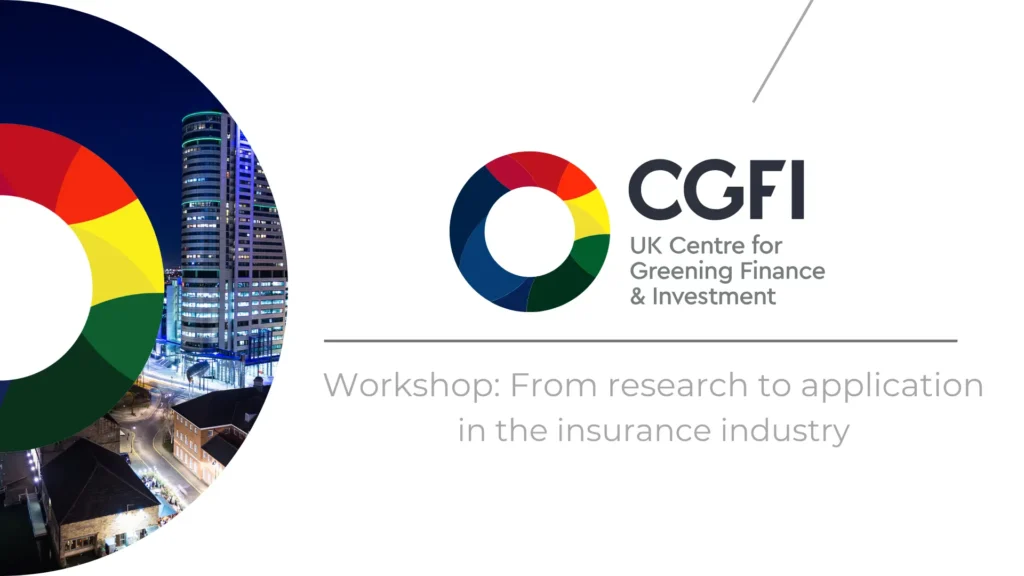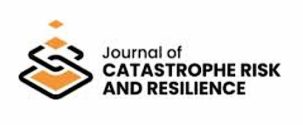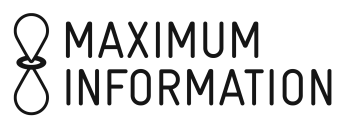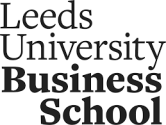Introduction
Following on from events in March 2024 and January 2025, the UK CGFI Leeds Innovation Hub, in collaboration with the Lighthill Risk Network, Oasis LMF, Journal of Catastrophe Risk and Resilience, and Maximum Information, hosted this in-person two-day workshop.
This was an opportunity for invited representatives from science and industry to collaborate with UK CGFI Leeds and its partners, to address key challenges with the aim of moving from research to application in the industry.
The insurance industry has managed risk from climate and weather perils for centuries. However, with the advent and rapid sophistication of explicit catastrophe risk modelling in the past few decades, coupled with technological and business driven evolution of the private risk transfer market in recent years, many new opportunities for enhancing views of climate and weather peril risks are being uncovered.
For example, alternative capital flows into the traditional insurance market have encouraged many risk carriers to implement time-varying views of risk over multiple timescales, whether that be adjusting portfolios in advance of an upcoming ENSO phase, or adjusting strategy in the face of a warming climate.
Further, these evolutions are driving increased collaboration between academia and insurance based risk practitioners, allowing re-formulation of foundational catastrophe risk management questions, such as how to decompose views of risk to their constituent components (whether hazard, vulnerability or financial/market-based in nature), and how these component parts may be most optimally valuable both in isolation and in tandem.
The workshop was an opportunity for industry experts to explore how to take the latest research into application within the insurance industry, and for academic experts to understand where their research may have tangible impact in climate and weather risk.
Each day began with presentations from the industry challenge lead and the lead researcher, setting the day’s context. The industry expert introduced the day’s challenge and provided guidance. Participants then worked in groups, guided by industry and academic facilitators, to discuss and solve the challenge. At the end of each day, groups presented their findings using MS PowerPoint, fostering collaboration and feedback.
Summary
The title of the two-day workshop, “From Research to Application,” reflects a central theme that has guided all the work undertaken by the CGFI Centre in Leeds. Importantly, this event was not a one-time occurrence but rather part of an ongoing series that follows a collaborative methodology aimed at driving innovation in risk and climate, informed by scientific research, and impacting the (Re)Insurance industry and beyond.
On the first day, Dr. Adrian Champion from Aon explored how seasonal and multi-year forecasts could enhance the (re)insurance industry’s understanding of climate risks, highlighting the need for global perspectives, improved metrics, and practical tools to bridge academia and industry. Key discussions covered barriers such as data limitations, emerging risks, and the importance of visualization and translator tools. Collaboration, transparency, and regulatory involvement were identified as essential for adopting these forecasts, with proposed next steps including ongoing dialogue, co-development of research projects, and structured applications to address climate variability challenges.
On day two, Dr. Kelsey Mulder from Liberty Mutual led the session on European Windstorm risk, highlighting the challenges of capturing accurate risk assessments, the lack of recent events, and the need for better integration of academic insights into insurance practices. The session emphasised counterfactual analysis, transparency in modeling, and addressing compound risks. Next steps included fostering collaboration among insurers, academics, and model vendors, co-publishing reviews, and developing tools to improve forecasts and risk assessments for the insurance industry.
By engaging former academics now working in the insurance industry to identify challenges in partnership with leading scientists, we aimed—and I believe succeeded—in bridging the knowledge gaps on both sides. Together, we have defined several challenges that can, should, and will be addressed moving forward. Too often, the impact of valuable events fades quickly; although it has taken longer than anticipated, we are now bringing forth ideas and sustainable methods of collaboration.
Our initiatives will include:
- Defining key projects that attendees or others can advance.
- Developing new collaboration methods using platforms like Teams and LinkedIn to continue the conversation.
- Addressing systemic issues that have hindered researchers from providing insights due to inaccessible key data and information. Notably, we can facilitate access to claims data for research purposes, a challenge identified by several leading academics at the event.
Ultimately, the success of any collaborative effort depends on each of us making a small contribution to maintain momentum. I encourage you to join the conversation, participate actively, and help drive our collaborative efforts toward a brighter future.






